Table of Contents
Have you ever wondered if your tyre pressure is too much or too little?
Have you ever pinch flatted, or popped a tyre off the side of a rim?
Has your rim ever cracked on the inside rim wall where you can’t see it?
Maybe your tyre pressure is to blame.
One of the most popular questions people ask me is what tyre pressure to use. Over the years I’ve met many people who all use slightly different pressures, and each have a theory behind why their pressure is best.
I’ve experimented with tyre pressure myself and have come up with some pressure charts based both on my experience and the experience of others. You should experience lots of trouble-free kilometres if you keep your pressure between the manufacturer’s minimum and my maximum.
Front PSI Maximum: This is the highest front tyre pressure I recommend based on my experience.
Rear PSI Maximum: This is the highest rear tyre pressure I recommend based on my experience.
Comparison Manufacturer Maximum: This is an average maximum tyre pressure from manufacturers.
Comparison Manufacturer Minimum: This is an average minimum tyre pressure from manufacturers.
Analysis
If we compare my recommended pressures with those of a manufacturer, it becomes apparent that the wider the tyres gets, the more difference there is between our given pressures. This is largely to do with the capability of aluminium rims, rather than the tyres.
It is seldom known that rim manufacurers have maximum tyre pressures which are lower than that of a tyre. My recommended pressures all fall lower than the rim manufacturer’s pressures, just to be on the safe side.
Front Tyre Pressure
You’re probably wondering why the front pressures in the chart are lower than that of the rear. It doesn’t have to be this way, but you’ll easily get away with 10-15% less pressure in the front for a bit of extra grip and comfort. Front tyres can afford to be lower in pressure as they typically carry less weight.
Rim Cracking
Over-inflated tyres can crack rims (this is why rim manufacturers have their own maximum pressures). The cracks are most commonly found on the inside rim wall underneath where the tyre sits. I’m sure over-inflating has contributed to my cracked rims on my touring bikes in the past. For a list of the strongest rims, check out the Best Rims for Bicycle Touring.
Tyre Pressure Factors To Consider
Puncture Resistance
The higher the tyre pressure, the less sharp objects (glass, thorns etc) the tyre will ‘suck’ up off the road. For smooth road riding I recommend using the maximum tyre pressures on the chart.
Off-road is a slightly different story. With a loaded touring bike you’re much more likely to experience a ‘pinch flat’ with too low pressure. And with too high pressure you’ll experience wrist jarring and a sore bum. You’ll have to have to find the happy medium based on your road’s surface.
Tyre Durability
The higher the tyre pressure, the longer your tyre will likely last. My Marathon Mondials lasted over 20,000km while running them at relatively high pressures.
Comfort
Lower pressures provide more comfort, however they may also contribute to a sluggish bike feel. You’ll have to balance your comfort with overall speed.
Speed
Higher pressures are most often faster on smooth roads because they create less resistance between your bike and the ground you’re riding. Some off-road studies suggest that lower pressures can be more efficient.
Getting ‘X’ shapes showing on the sidewall of your tyre?
The chances are that your tyre pressure is too low for the roads you’re riding. The ‘X’ wear marks form when the tyre deforms too much, commonly over rough corrugated roads. There seems to be a really fine line between minimising this wear, and running your tyres at a lower pressure for comfort.
Mountain Bike Tyres
MTB tyres often employ thicker sidewalls for lower pressures – especially ‘tubeless’ versions. For 2.0″ and wider MTB tyres you should check what the manufacturers minimum and maximum pressures are. If your bike is carrying lots of gear, you’ll need to avoid running your pressures on the lower end of the scale.
Tandems
Tandems can also follow the pressure charts above. It’s more the minimum pressure that tandem cyclists should look out for given the increased load on the tyres. I recommend choosing higher pressures if you can.
Measuring and Maintaining Good Pressure
I find that I lose between 10-20 PSI every fortnight, so check your tyre pressure regularly if you can.
I use a great pump called the Topeak Road Morph which is essentially a mini floor pump with a pressure gauge. It’s become one of my favourite bits of gear over the last few years – you can check out my review HERE.
Digital pressure gauges are more precise, but you don’t need to worry about tyre pressure that much.


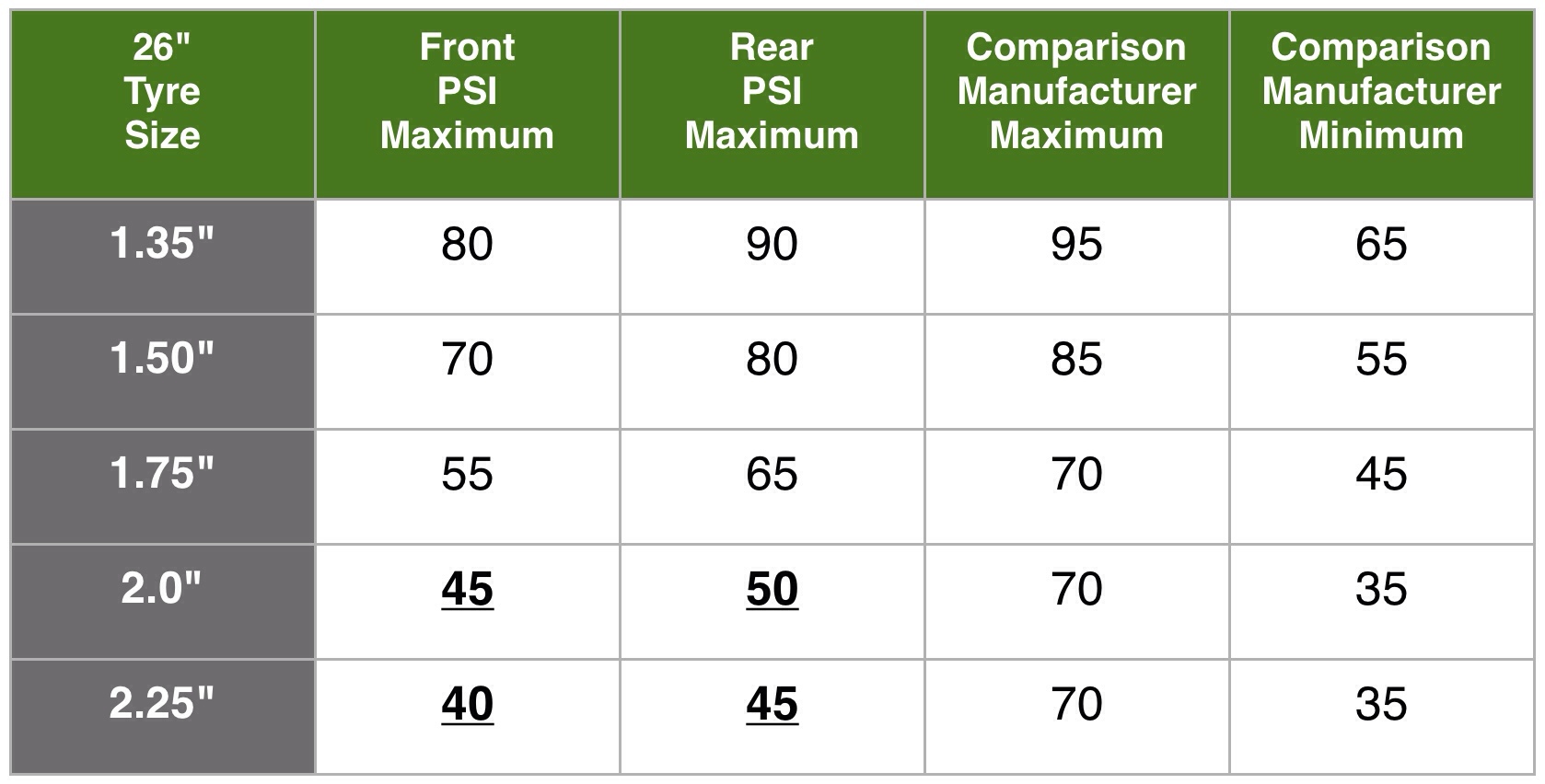
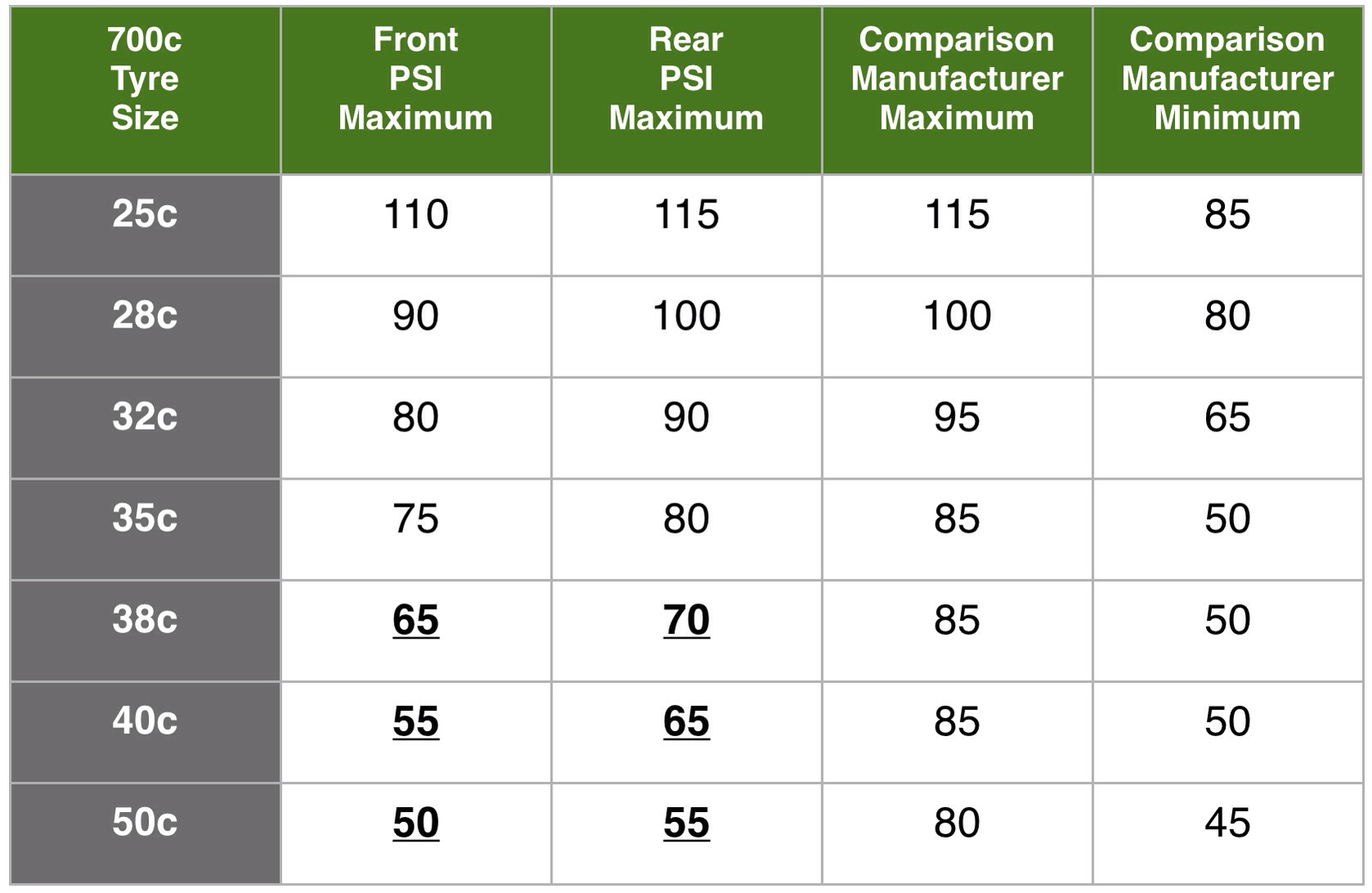
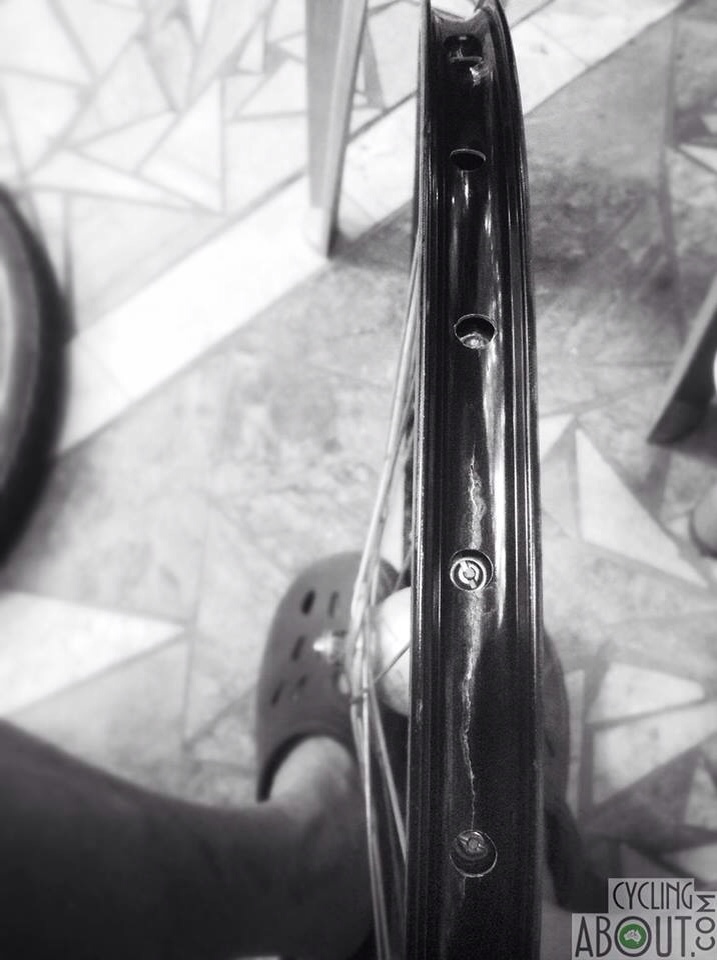
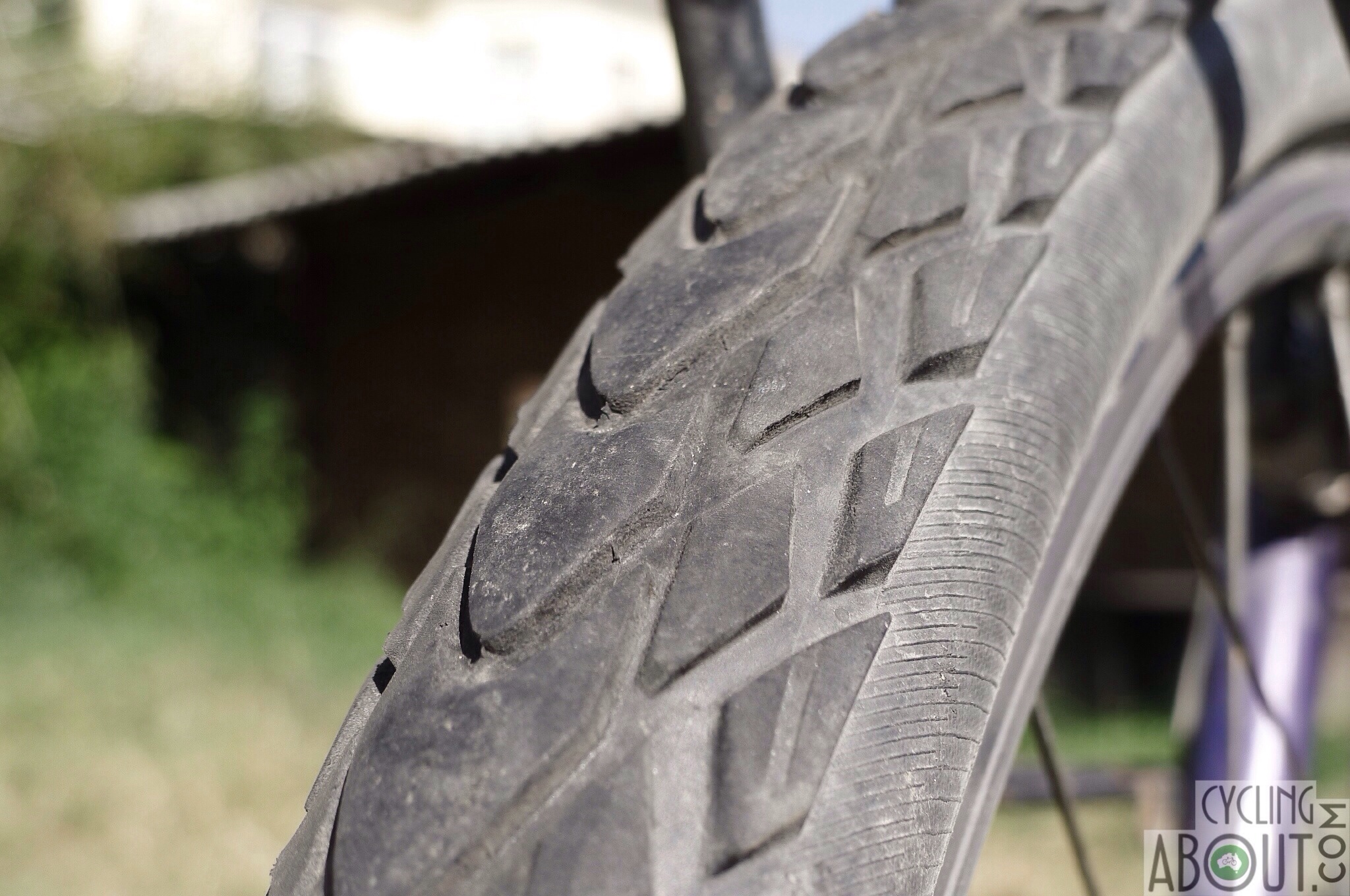
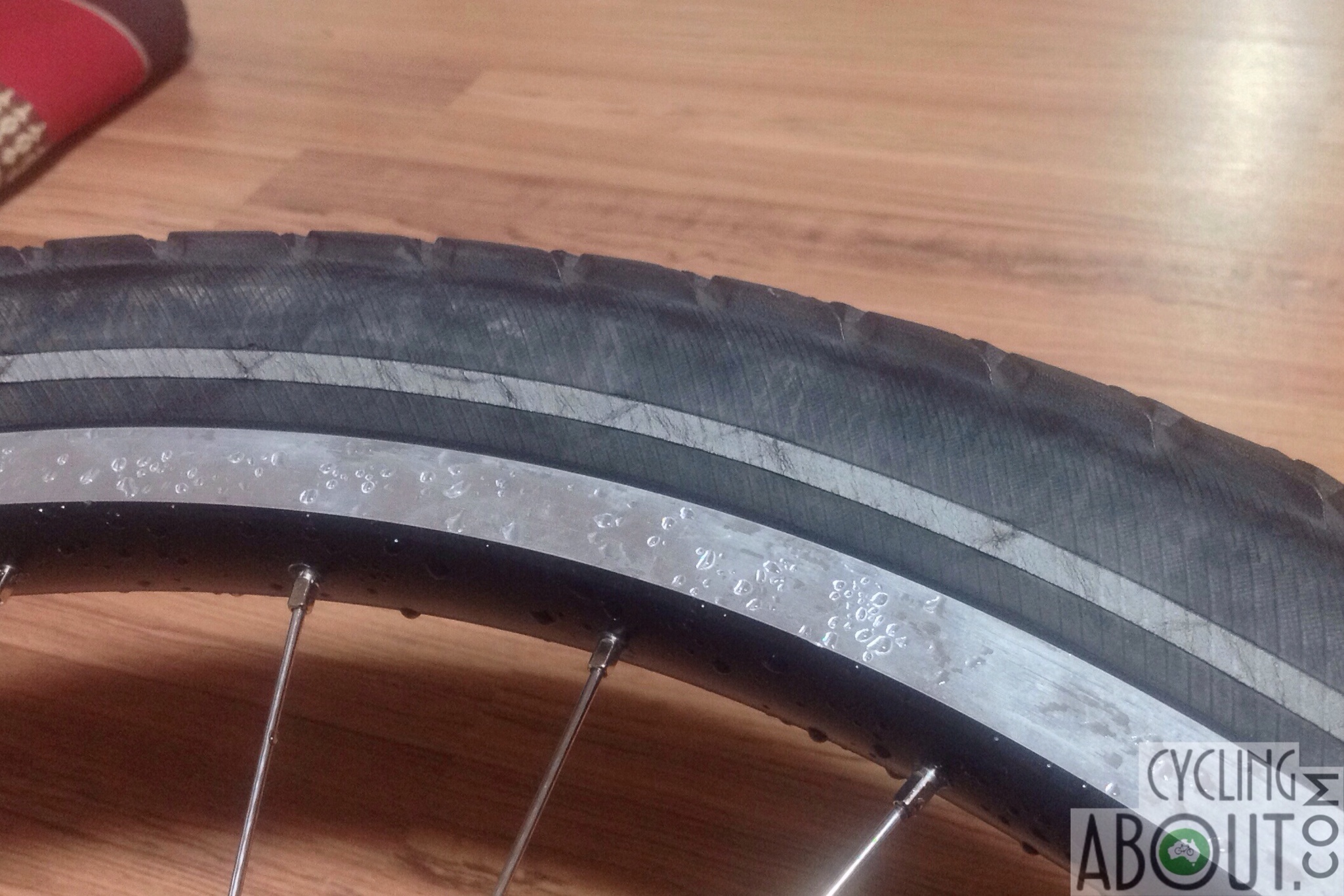
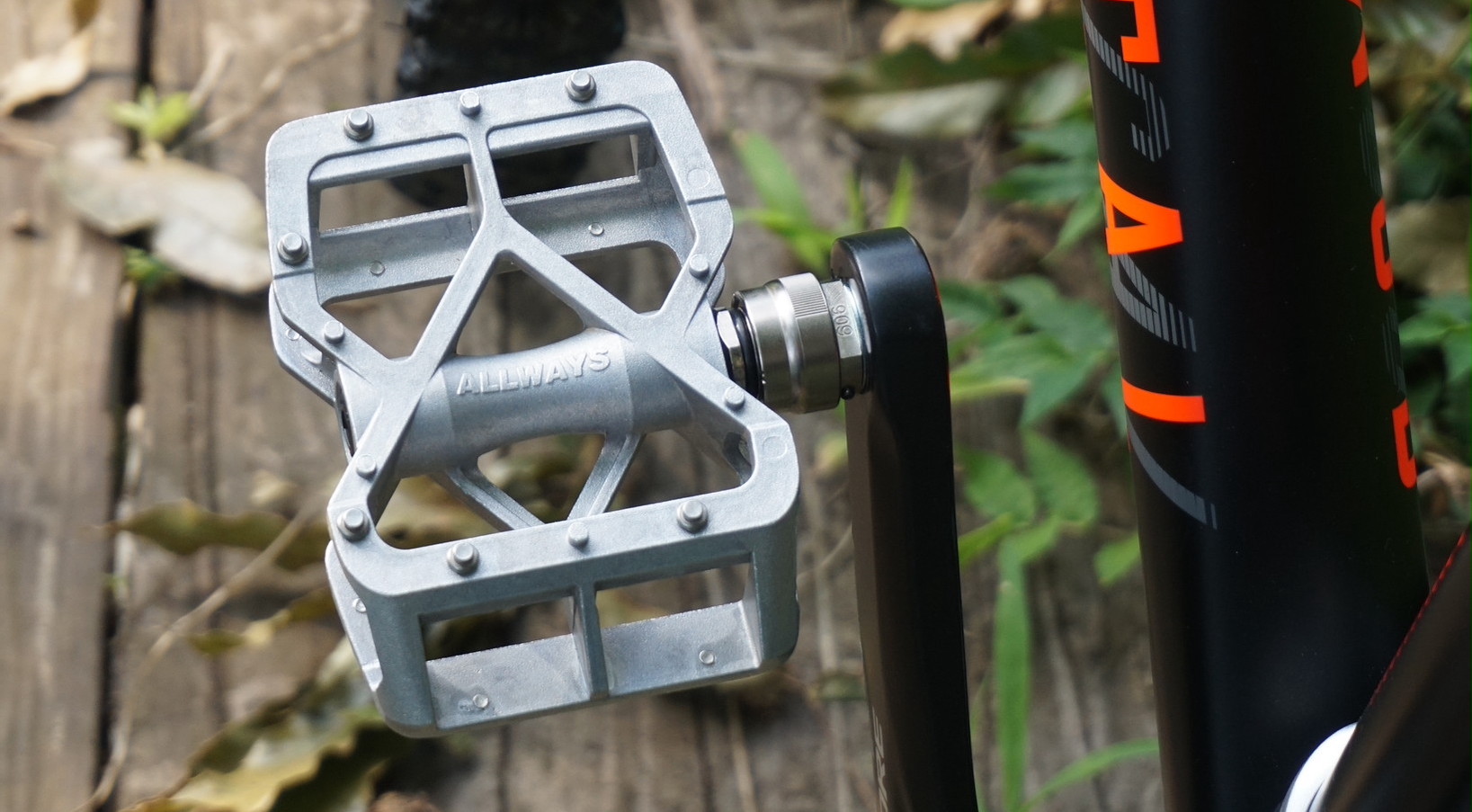
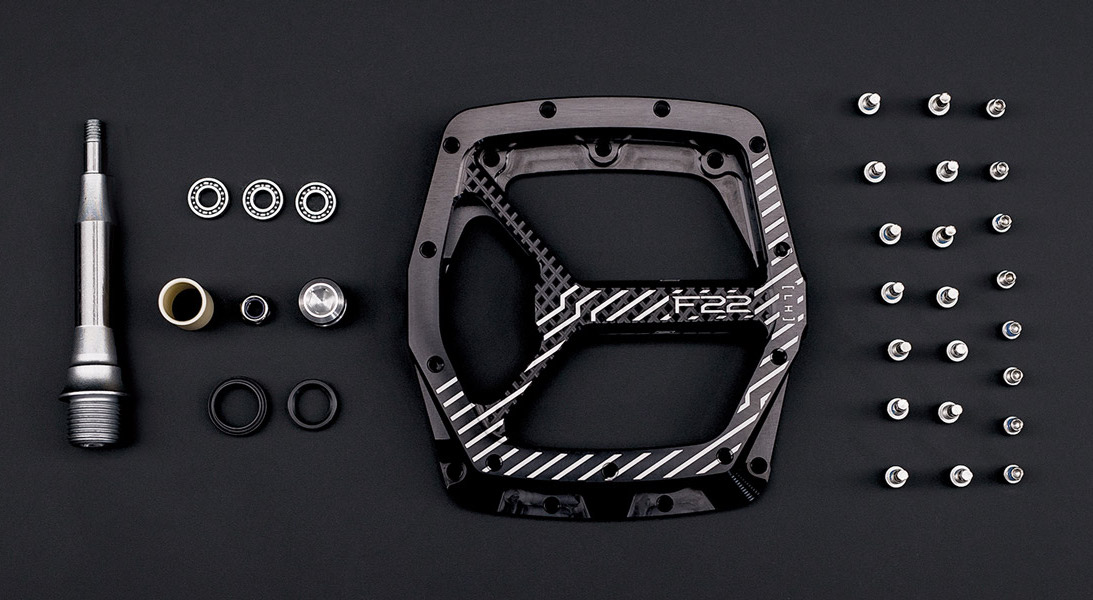
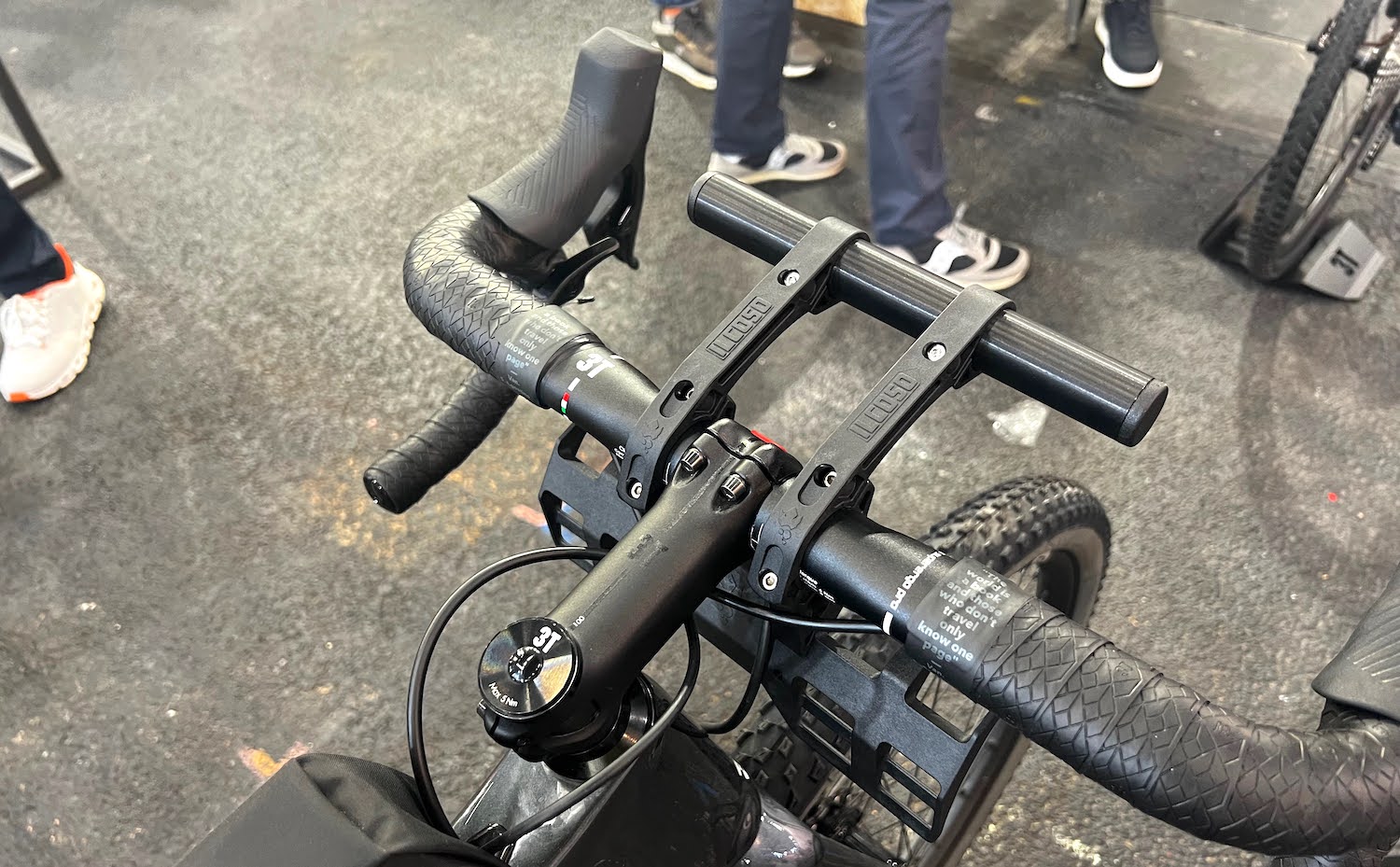

I don’t mean to sound negative but I believe it’s now proven that lower pressure tyres are actually less inclined to receive punctures as the tyre conforms better and my understanding is also that tyres pumped to maximum are not actually faster either…this can now be found generally anywhere on the web…
We would appreciate it if you could provide some links to the studies you’ve read!
I have a Gitane Tandem and last weekend cycled over a Rail Trail (old rail formation). We travelled 10km in one direction up a hill, and then 10km back the same way. On the way up, no issues. (approx 10kmph) On the way down, 2 punctures (approx 30kmph). One rear and one front puncture. Rear first at the 5km halfway point, the front was flat at the end of the day when we packed up. The rear tube was pinched on the external perimiter, the front was pinched on the inside perimiter. I had the both tyres at 36psi all day. I’ll definately increase the pressure and change tyres.
It sounds like increased pressure will avoid that happening on your next ride.
Take a pick!
http://janheine.wordpress.com/?s=rolling+resistance
And thanks for a great site!
Take your pick!
http://janheine.wordpress.com/?s=rolling+resistance
And thank you for a great site!
hi Alee
would be cool to have some recommendations of good pumps to carry along too for touring (with a gauge perhaps)
Hi Rahul. My favourite pump is the Topeak Road Morph G because you can use your body weight to easily get to high pressures. It also has a gauge which seems to be as accurate as my floor pump.
you dont mean the Topeak Road Morph G mini etc do you?
there are various models of the Topeak Road Morph
http://www.topeak.com/products/Pumps/RoadMorphG